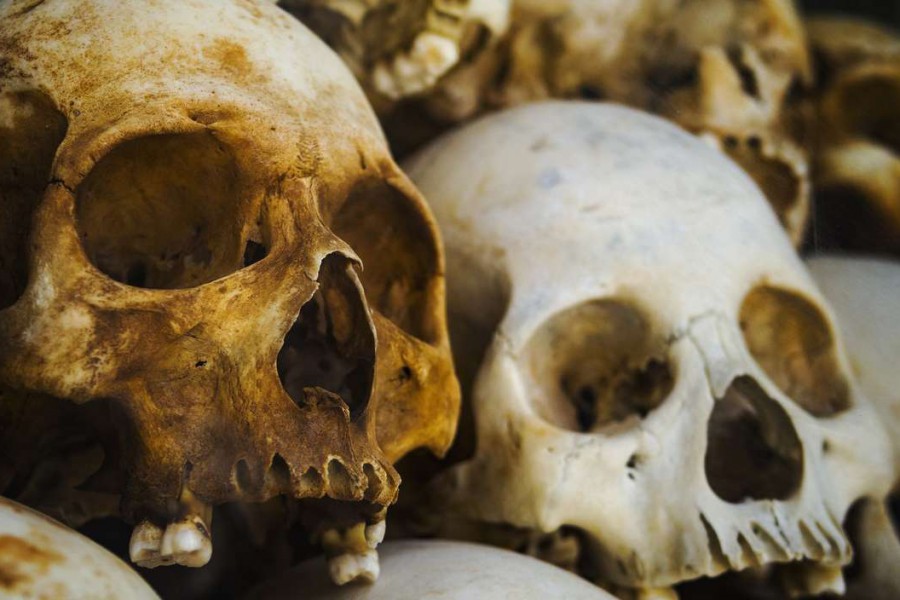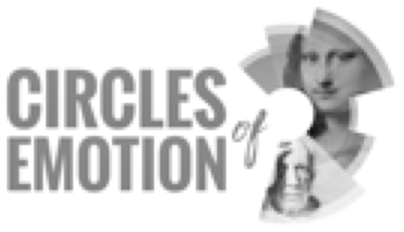Human skull, Ancient, R.M. Nunes
Back 100 Objects of Emotion that Represent the Human Condition

Creator: R.M. Nunes
Date: Ancient
Object: A skull, held at Choeung Ek, Cambodia, memorializing the Khmer Rouge genocide called the Killing Fields The human skull is a structure made from bone that protects the brain, forms the face, and as such forms the head in vertebrates. The skull is composed of two parts: the cranium and the mandible. In the evolution of the human skull there has been a tension between weight and strength, so what has evolved is the lightest skull for maximum protection. In most human cultures, and through much of time, the human skull has become a profound, provocative and at times terrifying symbol. The skull for many communities represents the varying levels of uneasiness around and fear of death. This can be seen in Thai monks meditating with corpses or in the Mexican celebration of ‘the Day of the Dead’. This relationship is at times transfigured to also suggest the horror of the imminent threat of death or being haunted by the dead. These dimensions are expressed in Caravaggio’s painting Salome with the head of John the Baptist, Shakespeare’s Hamlet and Narco-iconography as presented in the present day narco-state of Mexico. These skulls are part of a collection that number in the tens of thousands, which along with weapons and other fragments are held to memorialize genocide at Choeung Ek in Cambodia. Choeung Ek is a suburb on the outer edges of the capital, Phnom Penh. During the reign of the Khmer Rouge (1975–1979) it was a major execution and burial site. It is now a major tourist attraction. During the Khmer Rouge’s tyrannical reign, the population of Cambodia was reduced from eight to just over five-million people. What is perhaps most disturbing about the skulls held at Choeung Ek, is that while there are many holes and compressions in the skulls, there are no bullet holes, in other words, the people were murdered with clubs and hammers and machetes, so their deaths were very painful and most likely prolonged and very painful. Choeung Ek is a testament to human barbarism. The human skull is included in this list of objects of emotion because it is primary to our humanness and therefore our very being. Perhaps more than any other object, the human skull makes humans uneasy because it reminds us that as living beings we are caught in a cycle of life, death and rebirth, something most humans. Across much of history, responding to death has been a rich source of embedded cultural meaning. More recently, particularly in the West, the desire to transcend or defer death through techno-scientific means — from transfusions of young blood to cryonics, nano-robot repair, genetic engineering and cloning — has shifted the meaning of the skull. This reaches into the changing symbolism of the skull. For example, Damien Hirst described his art-piece ‘For the Love of God’, a human skull encrusted with 8,601 pavé diamonds as a ‘victory over death’.
Quotes
No quotes found.
Login to add a quote


